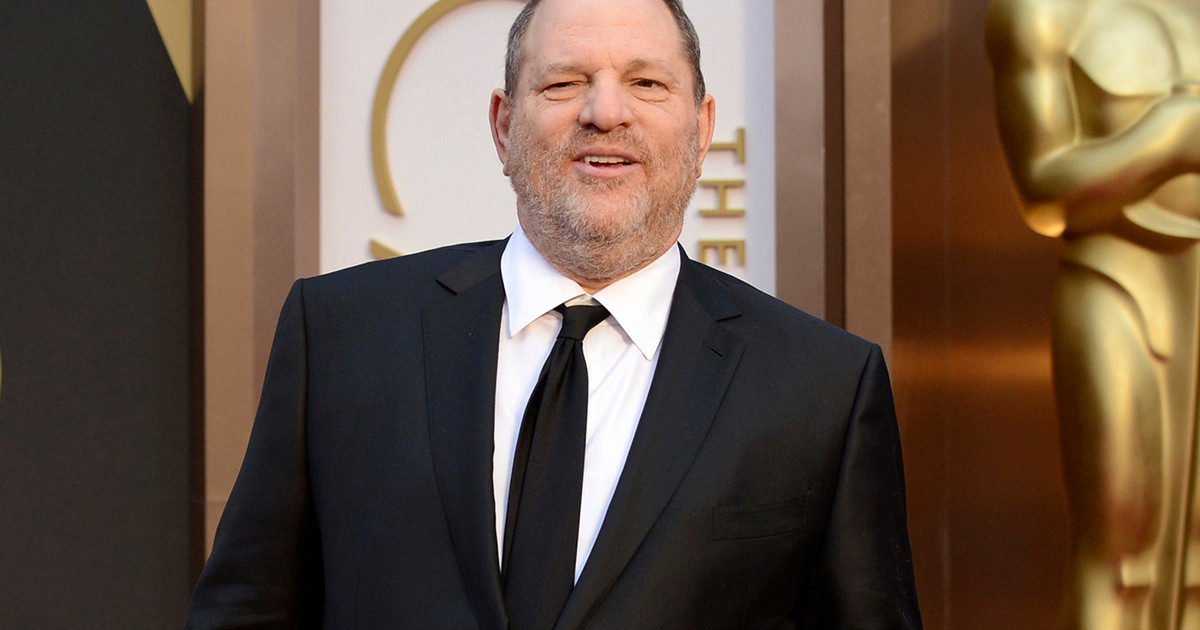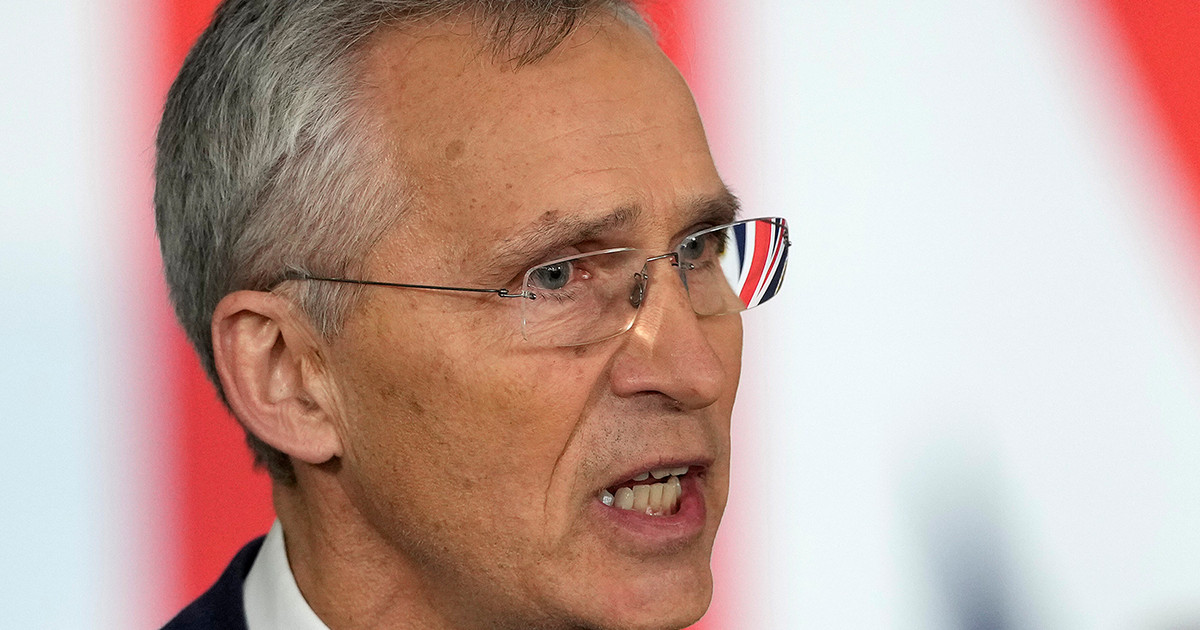“They’re recording, what do we talk about?” asks guitarist George Harrison in disbelief, still getting used to the presence of cameras, spotlights and microphones early in the series “Get Back”, which debuts this Thursday (25) on the streaming service Disney+.
Divided into three episodes (each with more than two hours, one broadcast each day, the first on Thursday, the second on Friday and the third on Saturday), she, which was originally to be a feature-length documentary, visits the group most 20th-century landmark throughout the month of January 1969 and is a masterpiece, as CNN has seen firsthand.
The nearly 60 hours of video recording of that period, which became the band’s third film, their epitaph “Let it Be”, released in 1970, was the basis for their new project, which is being launched this year, headed by the same Peter Jackson that brought to the world the films of the “Lord of the Rings”, and already one of the most important events in the culture of the beginning of the new century.
Give life to the wizards, monsters and elves created by the writer J.R.R. Tolkien put Jackson at the top of 21st century entertainment, visiting the most popular and revolutionary musical group of all time was an even more complex task – as mythological beings did not need to be created, but re-presented.
And if the original version, which spawned the film “Let it Be”, by Michael Lindsay-Hogg, carried the bitter tone of the end of the group’s career, the version by New Zealand director Peter Jackson achieves an impressive feat: show the Beatles creative process.
That alone would be worth watching the nearly eight hours of material that the show presents to the public. It’s material collected in just a month of the band’s history, but it’s pure gold.
It shows not only the Beatles composing songs from scratch – how one put a finger on other people’s songs, how ideas were completed, both lyrically and musically -, how the four worked as a single unit and what they needed to do when there was a problem – either an arrangement of a song or a personal issue between them.
Originally slated to be released in theaters last year, a plan that had to be re-imagined due to the Covid-19 pandemic, Get Back arrives on Disney’s streaming platform dissecting the Beatles’ daily lives as if they were the characters in the first reality show history show.
His films and his public appearances, interviews, deeds and statements were intertwined with his phonographic career and the public, both fans and mere listeners, knew not only his songs and albums, but also their faces, their voices, their personalities, dilemmas and idiosyncrasies .
Thus, “Get Back” delves into the creative process of four friends who have worked together for over ten years, have grown and matured together, while showing their human characteristics – and not just the wounds opened in this process, but also how they they liked each other.
The original 1969 project was to bring the group together to play live, something the four have not done since leaving the stage in 1966 to devote themselves solely to studio work. To do this, they rented the Twickenham Film Studio, where producer Dennis O’Dell would film, in three weeks, the film “The Magic Christian”, with Ringo Starr and Peter Sellers.
Director Michael Lindsay-Hogg, who had just finished recording the Rolling Stones’ “Rock and Roll Circus” (which even featured John Lennon), was hired to record The Beatles for what would be a TV show with a concert by the band, which in turn would become the group’s live album.
Named “Get Back” at the time, the project also took up the group’s roots, which turned to rock and roll in the 1950s, when they played versions of American classics in German nightclubs for eight hours a night.
But as the month goes by, everything goes wrong. They are considering performing live at the sumptuous Sabratha amphitheater in Libya, but soon the idea changes to a show on a boat, and then a performance in England, much to the drummer’s happiness. Ringo Starr, who didn’t want to know about traveling for work.
Afterwards, the deadline for material is mixed up with the time they have to stay in the new studio, which leads them to the headquarters of their label, Apple, where the label that kept it, EMI, helped to put together a studio with equipment taken from Abbey Road itself.
And little by little, the project of a TV show is abandoned to become just a live presentation, with no defined place. Director Lindsay-Hogg, often smoking cigars, feels increasingly in a supporting role as the series goes on, not knowing what his job is, as well as filming “Smokers, Nose Scratchers and Fingernail Biters” in a shallow reading of the group’s creative process when they weren’t playing.
Jackson is careful not to just talk to beatlemaniacs and continually contextualizes characters and events to the moment they were going through.
And it always shows the raw environment: whether in the Beatles smoking nonstop or in the glasses of beer and white wine scattered around the studio, among papers, sandwiches and a copy of the album “The King of Delta Blues Singers”, by Robert Johnson.
But it is for the most Beatles fanatics that the film speaks deeply. In addition to the litany of hits from practically every phase of the group, the four also record songs and rehearse those that would be immortalized in their next two albums, “Abbey Road” (1969) and “Let it Be” (1970).
The documentary is capricious enough to let you know which tracks we’re listening to, and which ended up on the posthumous record that ended the band’s career.
Targeting the most radical fans, the documentary gets it right countless times. First it takes the weight off the presence of Yoko Ono in the studio, showing how the other Beatles got along with John Lennon’s new girlfriend, whom he was to marry that same 1969.
The series brings a Paul McCartney resigned, saying that he knows that if John has to choose between the Beatles and Yoko, he will stay with his wife, but he doesn’t say it with rancor or jealousy, just confirming the willingness of his old friend.
Then it dissipates the weight among the band members, immortalized in the 1970 film. Heavy and painful, Lindsay-Hogg’s film prefers to show the band breaking up amidst fights and lost eyes than to show that it was part of the group’s routine, as well as jokes, jokes and displays of affection on different levels.
When the mood becomes unsustainable – perfect hook for the end of the first episode – the four try to resolve as possible and there is always the emphasis that all members knew the importance of the group and did not put it in the background.
But in overcoming these two obstacles, he reveals a wealth of creativity. The group doesn’t stop playing and that alone is reason to party: the series records quick snippets of recordings, showing how they tested a long repertoire, as the original film did, but also leaves long snippets of the band playing, talking, facing each other and suggesting things in each other’s songs.
It’s a transcendental camaraderie and at various points there’s no need to say anything – one fits into the other’s music as if everything had already been rehearsed.
Among the series of foreign versions that the show shows, there are classics by Chuck Berry (“Johnny B. Goode”, “Rock and Roll Music”, “School Days”) and Bob Dylan (“I Shall Be Released”, “Quinn the Eskimo”, “Mama You Been on My Mind”), country hits (“You Win Again”, “Bye Bye Love”), 1950s rock classics (“Good Rocking Tonight”, “Save the Last Dance for Me ”, “Blue Suede Shoes”, “20 Flight Rock”), traditional North American songs (like “Midnight Special” and “House of the Rising Sun”), a joke version for “Stand by Me”, a wonderful one for “ Twist and Shout” and John Lennon soloing the theme of “The Third Man”, a film by Carol Reed, among many other gems.
The documentary records the first time that Paul sings “Oh! Darling”, the entire writing process of “Get Back” (in three moments that we magically see the group having ideas for what would become one of their biggest hits), Yoko Ono talking to Linda Eastman, Linda’s daughter, Heather, causing in the studio.
We see John Lennon playing the bass, Paul McCartney playing the drums, George Harrison praising Paul’s beard, Ringo Starr playing the piano and several famous supporting characters in the band’s history – advisers Derek Taylor and Neil Aspinall, roadie Mal Evans, keyboardist Billy Preston, producer George Martin, engineer Glyn Johns, assistant Alan Parsons, among many others – helping the group make their music real.
And the Beatles dance in the studio, laugh in each other’s faces, reminisce about old times, Paul hangs from scaffolding, John waltzes with Yoko, greets Elvis Presley’s birthday. Paul’s eyes fill with tears in a scene in which he glimpses the end of the band days before reading the full text of an article that contemplates the end of the group in a jocular tone.
And, of course, all the time he teases John, praises John, jokes with John, fights with John – the chemistry between the most important songwriting duo of the last century is painstakingly recorded.
Meanwhile, we listen to Beatles songs that were never recorded: “Just fun”, “Thinking of Licking”, “Song of Love”, “Won’t You Please Say Goodbye”, “My Imagination”, “You Wear Your Women Out ”, “Madman”, “Too Bad About Sorrow”, the Beatles incarnating The Band in “Because I Know I Love You So”, a Neil Young half-track – “The Castle of the King of the Birds”, with George playing drums -, the hilarious “Commonwealth”, with John answering “yes” in an infamous falsetto, the tatata of “Suzy Parker” and “I Bought a Piano Yesterday”, which joins Paul and Ringo on the same instrument. It is a gold mine that reveals itself in front of our eyes and ears.
Not to mention classics from all eras of the group, revisited in different ways. But I emphasize the superb version for the group’s first single, “Love Me Do”, which ends the second episode, already at credits time. What band!
And it all ends with his famous last show, kept in its entirety, including the repeated songs. The group goes up to their record company’s headquarters to make their last live performance to the London audience and the documentary also follows the arrival of the police and the last moment the Beatles were a band.
In the same episode in which the arrival of a future manager, the villain Allen Klein, gives rise to one of the most boring moments of the series, we see the band at their peak recording live some of their biggest hits and crowning a spectacular and unique career – whose coffin would begin to have its lid closed there.
That January 30, 1969, began the end of the Beatles – and Peter Jackson’s version of it is stunning.
“The Beatles: Get Back”
Documental Series
Released: November 25, 26 and 27, 2021 on Disney+
Directed by: Peter Jackson
Producers: Clare Olssen and Jonathan Clyde
Executive Producers: Ken Kamins and Jeff Jones
Reference: CNN Brasil
Donald-43Westbrook, a distinguished contributor at worldstockmarket, is celebrated for his exceptional prowess in article writing. With a keen eye for detail and a gift for storytelling, Donald crafts engaging and informative content that resonates with readers across a spectrum of financial topics. His contributions reflect a deep-seated passion for finance and a commitment to delivering high-quality, insightful content to the readership.






